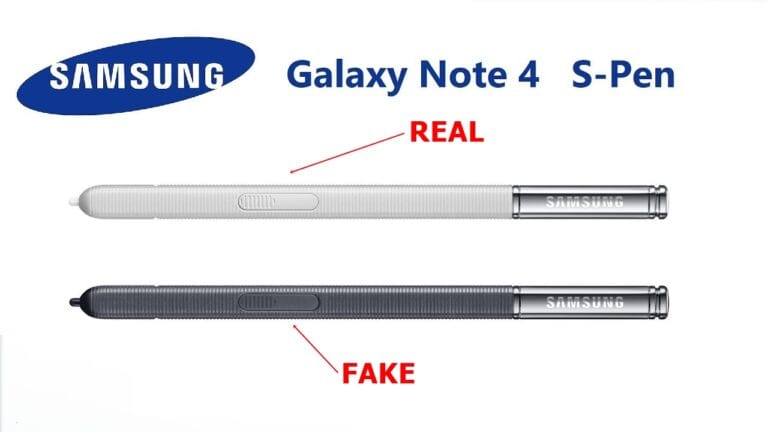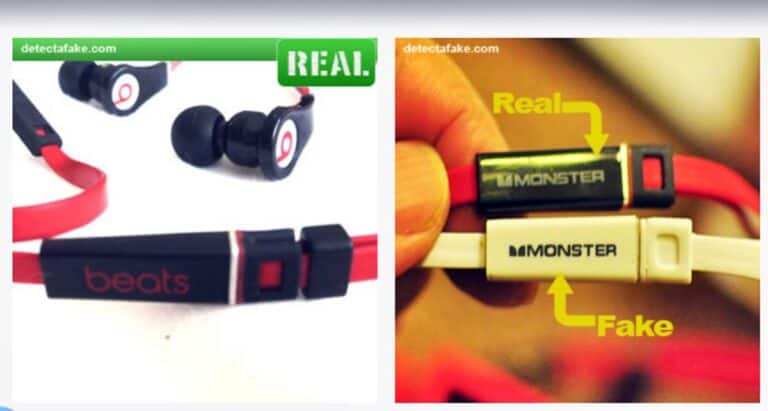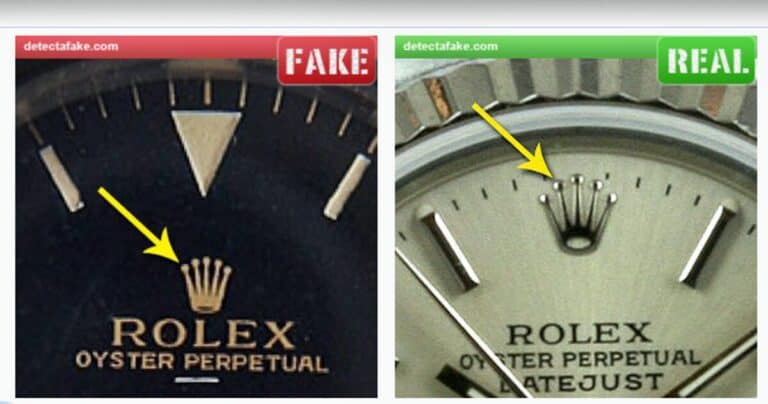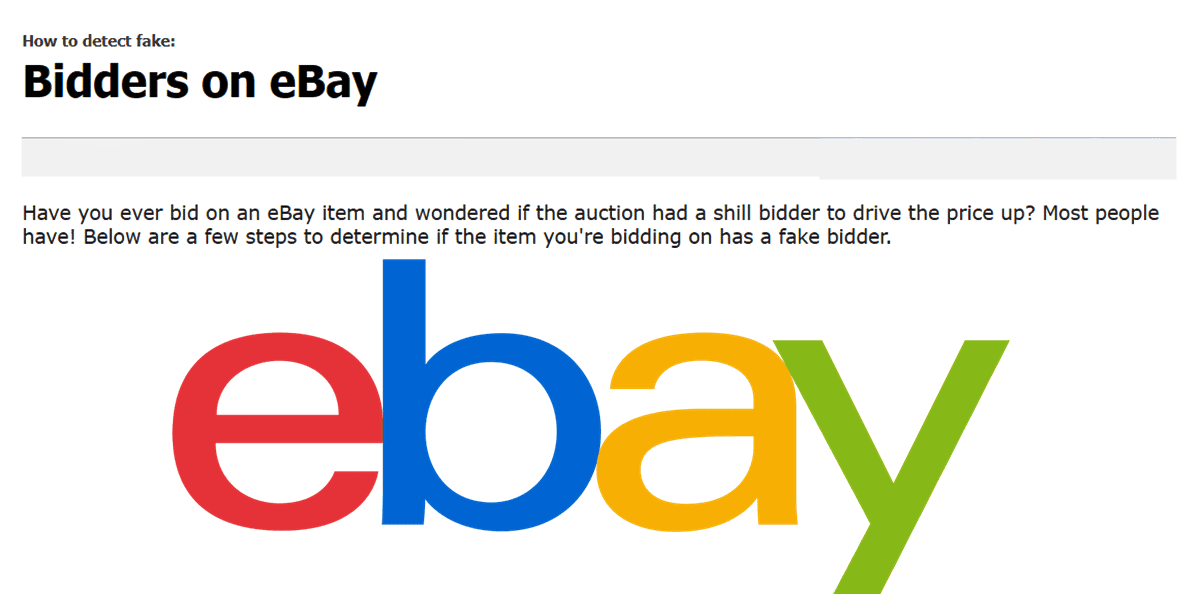How to detect fake Bidders on eBay
| Step | Action | Description |
|---|---|---|
| 1 | Click on bid history | Examine the item’s bid history to unravel hidden patterns. |
| 2 | Investigate the questionable bidder | Dive deeper into the bidder’s profile for insights. |
| 3 | Scrutinize the “30-Day Summary” | Identify potential fake bidders with a 100% bid activity. |
How to detect fake Bidders on eBay: Have you ever participated in an eBay auction and suspected the presence of shill bidders manipulating prices? You’re not alone! In this guide, we’ll walk you through simple steps to identify whether the item you’re bidding on has a genuine bidding history or if there’s a deceptive force at play.
A Step-by-Step Guide
Step 1: Examine Bid History
Your journey begins by clicking on the item’s bid history. This seemingly mundane action unveils a treasure trove of information. Look for any unusual bidding patterns or sudden spikes that might raise eyebrows.
Example: Imagine you’re eyeing a vintage comic book. The bid history reveals consistent bidding until the last few minutes, where a sudden surge occurs. This anomaly hints at potential shill bidding.
Step 2: Investigate the Questionable Bidder
Click on the bidder in question. Delve into their bidding history, feedback, and the items they’ve recently won. Genuine bidders exhibit diverse interests, while shill bidders often focus on specific sellers or items.
Example: JohnDoe123 consistently bids on items from SellerXYZ without participating in other auctions. This raises suspicion about a potential connection between the bidder and the seller.
Step 3: Scrutinize the “30-Day Summary”
Navigate to the “30-Day Summary” of the bidder. A red flag is raised when the bid activity is 100%. This suggests that the bidder exclusively engages with a specific seller, indicating a possible collaboration.
Example: SarahBidder’s 30-Day Summary shows 100% bid activity with SellerABC. It’s highly likely that SarahBidder is associated with SellerABC, signaling a potential shill bidding scenario.
Increasing Authority and Trustworthiness
To establish authority, consider the real-world impact of shill bidding. Instances abound where unsuspecting buyers fall victim to inflated prices due to artificial bidding. A notable case involved a rare collectible coin, where vigilant users detected shill bidding, ensuring a fair auction process.
Example: The collectible coin auction reached absurd prices, but vigilant users, utilizing the steps outlined above, revealed the manipulation, safeguarding the integrity of the eBay platform.
FAQs:
How common is shill bidding on eBay? Shill bidding is relatively rare, but it can occur. Vigilance is key to maintaining a fair bidding environment.
Can eBay detect and prevent shill bidding? eBay employs algorithms to identify suspicious bidding patterns, but users can also play a crucial role in reporting any anomalies.
What other signs indicate shill bidding? In addition to 100% bid activity, repetitive bidding on similar items or unusual bid increments may indicate shill bidding.
How quickly should I report suspected shill bidding? Report promptly once you notice suspicious activity. eBay relies on user input to maintain a trustworthy platform.
Can shill bidding be legally challenged? Shill bidding violates eBay’s policies, and legal action can be taken against those involved. However, pursuing legal action may vary based on jurisdiction.
Conclusion:
In the dynamic world of online auctions, being equipped with the knowledge to identify shill bidding adds an extra layer of protection. Navigate eBay with confidence, armed with the ability to discern genuine bids from potential manipulations. Together, let’s ensure the integrity of the bidding experience for all users.

How can I tell if my S Pen is a real Samsung S Pen and not a fake?


An Agreement to Include Generative AI in iPhones Is Being Discussed Between Apple and Google

Keep quiet! Please remain silent when receiving the Mega Millions jackpot. Now, complete this.


Looking for a job in the US? Move to These Cities where Employment is Booming

Samsung Ballie, its Pokemon Style home robot, Announced with a few upgrades at CES 2024

Apple Vision Pro: company’s stock surged on Monday, marking its first day gain of 2024 shares.

Stress Less and Earn More: These are the low-stress occupations for you in 2024

How to detect fake BOSE Headphones | How to Spot a Fake Bose Headphone

How to detect fake Beats by Dr Dre Earbuds | 4 Ways to Tell if Beats Are Fake

How to detect fake 50 dollar Bills | How to Detect Counterfeit US Money


How to detect fake Samsung Galaxy S5 | How to recognize a real Samsung Galaxy S5

How to detect fake Samsung Galaxy Note 4 | How to recognize a real Samsung Galaxy Note 4


How to detect fake Apple iPhone 6 & 6s | Fake iPhone 6S- How To Identify?

How to detect fake Rolex Watches | 14 Simple Ways to Spot a Fake Rolex Watch

How to detect fake Tag Heuer Carrera Calibre 1 | How to Check the Authenticity of Tag Heuer Watches

How to detect fake Tag Heuer Carrera 16 | How to Spot a Fake TAG Heuer Watch

